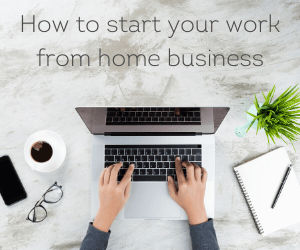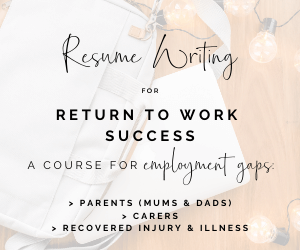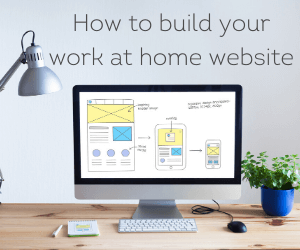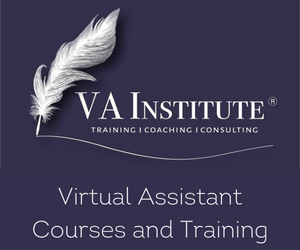Been dreaming about becoming a Work At Home Mum? Or maybe just thinking about setting up a business. Maybe you’ve got a great idea that could work but the thought of where to start to make it happen keeps you from diving in. Starting a new business can be a daunting thought, especially if you have never done anything like it before.
The Basics for starting a business in Australia:
- Decide what you want to do
- Choose a business structure
- Decide on a business name
- Get an ABN
- Register your business name
- Open a separate bank account
- Register your domain name
- Protect your intellectual property
- Get some insurance
- Logo, email, website and marketing
Of course, some of those things are far more detailed then they appear, but some are also remarkable easy. And we are here to give you some advice on what you need to do to get a business started and some extra tips to help it succeed. As you can imagine, each situation is different, and you might find that you don’t need every step (or some extra one’s).
Starting up a business
The first thing you need to do when you are setting up a business is figure out what your business is. Do you have a product or products you want to sell? Are you going to be making a product yourself (handmade or manufactured)? Are you selling a service? Do you want to buy a franchise?
What is it that you actually want to do?
The next step is to work out your target market. What need is your product or service going to fill and who is going to want it? This is possible the most important step of all and cannot be underestimated. If you spend thousands of dollars on a product no one wants, it’s going to be a very expensive and disheartening lesson. So, spend some time researching. If the product or service is new – what need will it fill? If the product or service is the same or similar to something else – what can I offer potential customers to stand out and add value to get them to choose me? And who are the exact people I want to target? There’s no point targeting a certain demographic with something they have no interest in. This stuff takes time, but don’t overlook it. Research, research, research!
Come up with a business plan. This outlines all the important things you need to make your business a success including how the business will run, your market position and plan, your finances and HR needs and an action plan for impementation. We include a template for a business plan in our Business Startup Toolkit to help you on your way.
Once you’ve gone through the research phase and got your business idea, you now need to set it up. These things aren’t really optional if you want a successful business (and less hassles in the long run) and I’ll explain why as we move though.
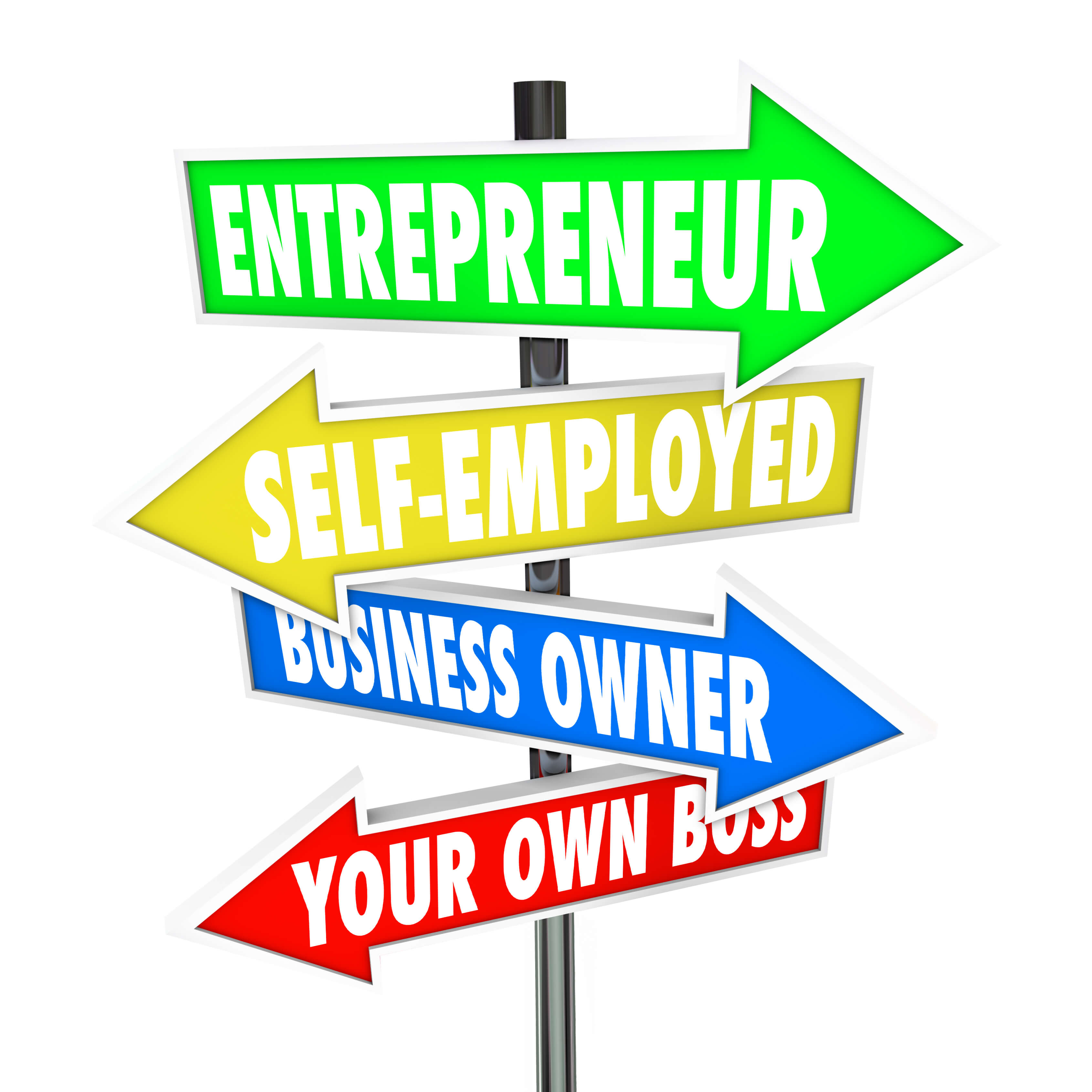
Choose a business structure
Most work at home businesses start as a sole trader. This means that the business is under your name. However the other options are a partnership, company and trust. To choose the structure that’s best for you and your business, it is ideally best to talk to an accountant who can look at your circumstances and advise you however we’ve briefly summed them up for you.
A sole trader assumes that you will be operating within the business by yourself and you will make the full profits from the business. Most work at home businesses start as a sole trader and is the easiest structure to set up. But remember that you are solely responsible for the business, so all profits are contributed to you as income (important at tax time if you have another job already), but you are also personally liable for all debts and can be individually sued if things go wrong.
A company is something you set up if you expect to have people under you, or someday build a team. You can always switch your business type later. It is a legal entity separate from you so gives more personal protection than a sole trader or partnership and is also taxed differently. It is a more complex structure and potentially has more ongoing costs.
A partnership is a business relationship you go into with another person or a few people. This differs from a company in that you’re essentially running the organization as a team. It is extremely important if you are going down this path to have a partnership agreement set up that outlines the responsibilities of each partner, the split in profit between parties and what happens in situations, like if a partner is wanting to leave. This avoids confusion and arguments.
A trust is the least likely business set up you will take advantage of at this time. A trust can be fairly expensive to set up and to maintain, and while it allows you to raise robust capital for your business, most small businesses in Australia don’t start off as a trust. However if you have a lot of other assets, it can be a structure to look at as it can offer some protection.
The best thing to do is speak to an accountant about your business and get advice on the best structure for your situation. You can find more information on business structures here.
Decide on a Business Name
This name will likely continue throughout the life of the business so it is useful to get it right at the start. Something that tells customers who you are and what you’re about. If you have a bit of cash to throw into this step, there are branding experts out there who can guide you through the process in choosing a really great, marketable name and brand. When choosing a business name make sure it isn’t already registered already by searching ASIC and also make sure it isn’t trademarked by checking IP Australia (both of these checks are important, don’t just do one).
Also if you want your domain name the same as your business name have a quick look and make sure that it is available. You can easily check if a domain name is available by going to Crazy Domains and putting it in. They will let you know if it is available. Remember that it is generally better to get regular domains such as .com or .com.au.
The last thing to check is you social media stuff. Even if you don’t plan on doing anything with it yet, check if it is available and then sign it up so you can get the handle or name. A great tool to check if your business name is available on all the different platforms is Namecheckr. Pop in your potential name and it will tell you if the domain name and various socials are free to use.
Get an ABN
This is a must setting up a business no matter what business structure you have. To operate as a business in Australia you must have an Australian Business Number (ABN). This is an 11 digit, government provided identification number that will allow you to pay taxes, claim Australian business tax credits and more. You can’t really operate a business without it – so it’s best to select your business set up type and get your ABN at the beginning of the process. The process is reasonably easy, and free. You can find out more information from the Australian Business Register website.
Once you have your ABN, you can fill out the appropriate paperwork to get your tax registration, and then apply for what’s called an AUSkey. This will allow you to do government business online. If you have or expect to have revenue of $75,000 you must register for GST. You can find more information in our article When do I Need to Charge GST in My Business.
Register your business name
This allows you to trade under that name, as is especially important if you are trading as a sole trader, partnership or trust and want to have a business name that is not your own name. You can register a business name on the ASIC website. It is attached to your ABN but can be a different name to the legal ABN entity. This is why you will sometimes see Joe Blogs trading as Joe’s Mechanic on some legal document (as an example). If you are going to trade as a company, then you need to register the company name when you register a company.
Open a separate bank account
This allows you to put all your business revenue (yay) and expenses through the account. Once you have an ABN you can open a business bank account. Now, this one isn’t strictly necessary if you are setting up a business operating as a sole trader, however you and your accountant will be grateful that you did at tax time. It will save you hours of trawling through transactions and statements trying to figure out what was personal and what was business.
Secure your domain name
Even if you don’t want a website just yet, register your domain name, especially if you want it to be the same as your business name. It would be very frustrating to find out at a later date when you are wanting to get your website up and running that your chosen domain is no longer available (and yes there are people that will search business names and buy up domains to try and sell them to you at an inflated price). A .com domain is desirable if you are wanting world domination but .com.au is also good if you are planning on just offering products or services in Australia. You may also wish to look at .net or .net.au but steer clear of the lesser known ones for now, unless is really fits with your brand, as people are still wary of companies that have an unusual domain ending. A couple of places to start with registering domain names are Crazy Domains or Go Daddy, but there are plenty of others around.
Protection of your intellectual property
Have you considered registering a trademark? A trademark distinguishes your goods and services from similar offerings in the marketplace. Unlike a business name, a trademark provides national proprietary rights that may be enforced, sold or licensed. It’s a good idea to consider registering your business name as a trademark to gain ‘ownership’ rights to the name.
If you’ve come up with a unique product you may need to consider patent protection. You should consider applying for a patent if you’ve created a device, substance, method or process that is new, inventive and useful.
Get some insurance
Insurance is an essential part of running any business. Taking out the right insurance will help protect your business, minimise its exposure to risk and ensure you’re able to compensate others if you’re at fault. Insurances you may need to consider include:
- Workers compensation
- Public liability
- Product liability
- Professional indemnity
- Your own life insurance and income protection
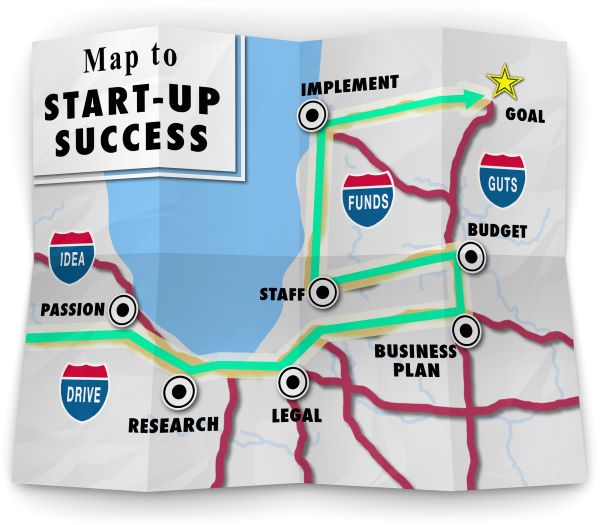
Get an email address
Once you’ve got your domain sorted, it’s time to get digital. Get an email address attached to your domain name and have it ready to start sending business correspondence. This will look far more professional than just having a generic one from a big provider like Hotmail or Gmail. A great and simple way to do this is through Google’s G Suite which at $5 per month is a very cost effective way to get a domain name email address such as [email protected]. You may also find you can get a domain email address including in your website hosting if you are going to be creating a website for your business.
Logo, website and marketing
Time for some fun stuff. Creating a brand and getting started on your vision. You’ll generally want some help in this section, especially if you’re not creatively minded and can’t really see how you want a logo or website to look in your mind. However there are also ways to do it yourself. It’s important to get your branding consistent. Start with a logo and then follow with the same colours and theme throughout your website and social media creating a coherent, consistent experience for your customers no matter how they find you.
If you don’t want to outsource your website creation, Work At Home Mums has a How to Build Your Work at Home Website course which will get you up and running with a website for a fraction of the cost of hiring a designer. Even if you have only basic computer skills, we will show you how to get a basic website up and running.
Other things to help start your business
Social media. Almost a must have for businesses these days, however it can get rather overwhelming with the amount of platforms out there now. It’s better to concentrate on a few platforms and do them well, rather than trying to spread yourself thin keeping them all going. Figure out where your target market ‘hangs out’ and concentrate on those platforms.
Accounting Systems. You can happily start off running your business by keeping track of things through an Excel spreadsheet, but it can get overwhelming fairly quickly. There are many accounting software programs now that can take a lot of the hard work out of your bookkeeping and accounting. Programs such as Xero and MYOB allow you to input expenses, create invoices and keep track of your bookkeeping as well as helping you complete your BAS statements if you need to.
Planning. The key to business success is planning. Have a goal of what you want to achieve and the steps towards it. Things such as business plans, financial plans and marketing plans can help put in place your ideas and methods of your business to achieve these goals.
If you need help with the planning stages, the Business Startup Toolkit created by us here at Work At Home Mums is everything you need to get planning for your new business. Included in the Business Startup Toolkit:
- Starting your business checklist – what you need to tick off to make sure you have everything covered when starting your business in Australia.
- Business plan template – a template that guides you though what sort of information you should be including in a business plan.
- Executive summary template – a document that summarises your business plan.
- Business financial plan template – a template to help you forecast your business finances, with example templates for start up costs, profit and loss, balance sheet, cash flow and a break even calculator to help work out how much you need to sell to break even on your costs.
- Business marketing plan template – because you won’t get customers if no one knows you exist, we’ve also included a marketing plan to help guide you through determining your marketing objectives.
- Subscription tracker – Get your planning off to the right start by sorting out all your subscriptions. Keep track of when all your software, tools, hosting etc is due and never get caught out with surprise payments.
With explanations in each template to help you navigate your way through it’s the perfect guide to starting your own business.
Terms and conditions. It’s super important to make sure you have terms and conditions outlined for your business. Especially if you are selling anything such as products or services. If you have a website of any kind you will also need things like website disclaimers and privacy policies. A great thing to help with this is the Legal 123 Website Legal Package which gives you tailor made legal documents to use.
That’s it! You’re all set up with the basics. Obviously there is more to a successful business than just what’s above, but most of that stuff is useless without setting up the foundations. Remember, setting up a business can seem daunting, and there is a lot to go through, but break it down into what you need to do and some sort of order to do it in and it won’t seem so overwhelming.
Need more help? In our course How to Start a Work From Home Business we’ll take you through the steps to find an idea, create a business model and get your business started. Created by work at home mums for those who’d like to be.


